Digimon, short for Digital Monsters, started as a spin-off of Bandai’s Tamagotchi virtual pet toys. But the franchise took on a life of its own — spawning multiple anime series, a handful of movies, video games, toys, and even several different card games.
The first and perhaps most well-known of the Digimon video games is the Digimon World series, originally developed for the Sony PlayStation. While most players in the West might assume that the majority of Digimon games are part of the World series, this isn’t actually true. In fact, many of the games that the West knows to be part of Digimon World‘s lineup are actually other series that were simply published for Western audiences under the Digimon World name.
Some western fans still don’t realize that Digimon World and Digimon Story are two separate series — so let’s try to clear up some of the confusion by looking at the perplexing history of the Digimon World series in the West and why they took the different monikers they did.
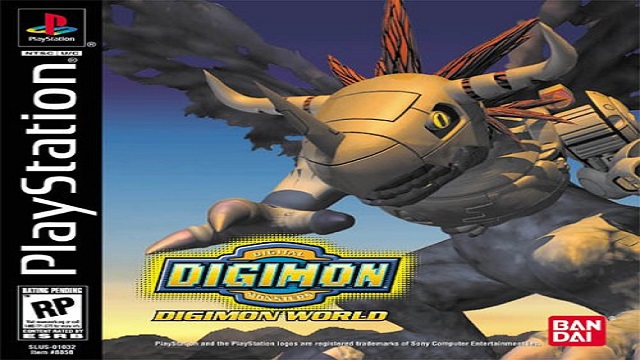
Four Very Different Games
The first four Digimon World games — which are all under the Digimon World name worldwide — all have distinct differences from each other. Though they keep certain gameplay features intact, there’s a lot of variation in the experiences between them. So it’s sort of intriguing that they all share a series name. It’s difficult to determine whether the distinction between these World games was due to experimentation with different gameplay formulas, an effort to create or coincide with other Digimon trends, or a combination of both.
The original Digimon World, released in 2000 for America, tried to capitalize on the success of the franchise’s toys and anime series. The gameplay revolved around raising a single Digimon from egg form, then engaging it in battles in order to evolve its forms. The forms a player’s Digimon would evolve into depended on how it was raised — closely following the caretaking of the original virtual pets that spawned this game. Paying attention to your Digimon was the central aspect of gameplay in this entry, as players needed to feed, rest, and otherwise tend to their pocket companion.
Oddly enough, Digimon World 2, 3, and 4 abandoned this style of gameplay, and fans didn’t see it again until Digimon World Championship released in 2008.
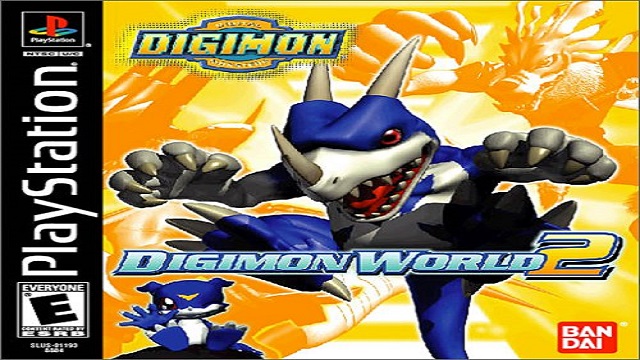
New Digivolution in Digimon World 2
When it was released for North America in 2001, Digimon World 2 was the first game in the series to launch after the anime began airing. With gameplay that was vastly different than its predecessor, the player’s initial experience felt rather similar to Pokémon or Monster Rancher, both of which had their first sequels released just a year earlier.
Digimon World 2‘s gameplay saw the player exploring dungeons with a team of up to three Digimon. They could still evolve and be trained, but no longer needed to be rested, fed, or taken to the bathroom like the original game. The exploration and combat encounters took center stage here, rather than the more nurturing aspect that Digimon World relied heavily on.
This sequel also added a new digivolution concept known as DNA Digivolution, which allowed the player to combine two Digimon into one — but the resulting Digimon would be one level lower than its parents. This also allowed the resulting Digimon to level up further than either of its parents.
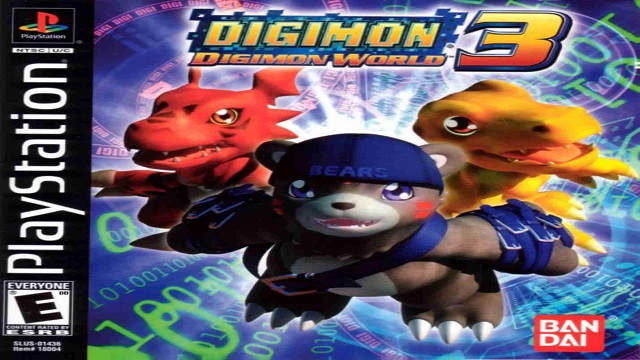
Digimon World 3 Makes Digivolution Temporary
The next entry in the series kept the DNA digivolution element, but changed pretty much everything else about the formula once again.
Oddly enough, this game released in North America first in 2002, then came to Japan and Europe later that year. Unlike the first two games, this third entry in the series was more of a traditional RPG that took place in an MMORPG in which the players and other friends could get trapped (a popular concept at the time, as evidenced by the Bandai-published title .hack). Though the player still had three Digimon partners, battles were fought one-on-one, and creatures could be switched out, much like a Pokémon game.
Digimon World 3 was the first in the series to feature random encounters as opposed to running into Digimon on the map. Although normal digivolution and DNA digivolution were still included in the game, the way these systems worked was changed once again so that each Digimon was allowed to bring three forms into battle.
It was also the last Digimon World entry to appear on the original PlayStation.
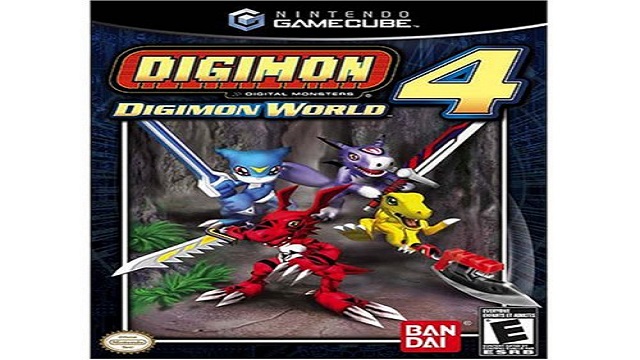
Digimon World 4 Ditches the Turn-Based RPG Formula
The successor to Digimon World 3 was a considerable departure from the gameplay of any past games in the series. Digimon World 4 was released worldwide in 2005 for the PS2, GameCube, and Xbox. It was based on the Digimon X-Evolution animated movie — and even went so far as to reuse a few scenes from the film.
Instead of being a monster-raising RPG like its predecessors, Digimon World 4 was a four-player co-op hack-and-slash adventure where players took the role of certain Digimon. These playable Digimon used weapons and elemental magic rather than the special attacks fans were familiar with, and could gain a digivolution after meeting certain requirements.
In spite of its name implying that it’s another entry in the main series of games, Digimon World 4 is actually a spin-off rather than a true numbered successor. The stark departure in gameplay was a shock to Western fans who were totally unaware of the Digimon X Evolution film at the time of the game’s release.
So What’s With The Shared Names?
If these Digimon World games were all so different, wouldn’t they have warranted different names? Perhaps so, but Bandai didn’t seem to think so.
Carrying the World name across these four distinct entries might have been an effort to keep fans flocking to a more familiar name in spite of each game not being a true sequel to its predecessors. This sort of decision isn’t unprecedented — and is similar to what we’ve seen in series like Final Fantasy or Dragon Quest. So this may have been Bandai’s justification for putting a few more titles under the same name in the West, despite prodigious differences between each game.
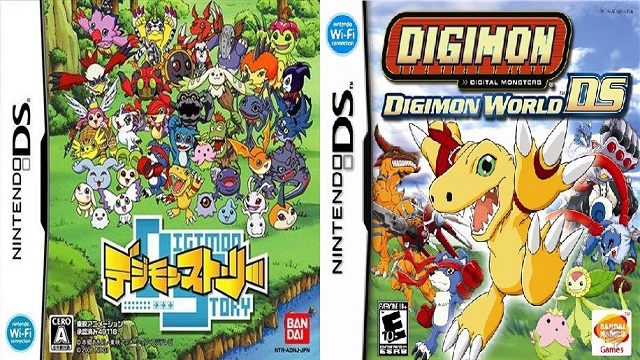
More Confusion for the West
Though some Western players were jarred by the starkly different gameplay of the Digimon 4 spinoff/main series entry, but the real confusion began when the Digimon Story series began in Japan.
If you look at the covers pictured above, you might think that you’re looking at two different games that share a franchise name. But in fact, besides the language of each one, these games are exactly the same title published under totally different series names in different regions.
Released for Japan in 2006 on Nintendo DS, Digimon Story was published under the Digimon World name in the West, despite being part of a separate series.
Dubbed Digimon World DS, this game took a more Pokémon-like approach to its gameplay, while also implementing some unique elements. Players controlled a team of three Digimon — similar to Digimon World 2 and 3 — with three more as backup. Battles were either three-on-three encounters, or three-on-one for certain bosses. New Digimon could be obtained by battling them repeatedly until their data was 100% scanned. The game featured over 230 Digimon to discover, and those not in use could be stored in Digi-Farms (similar to the PC in Pokémon games). These Digimon could only evolve by collecting experience from defeating certain species of Digimon, achieving a certain aptitude level, or increasing friendship.
At the time of its release, Digimon World DS was praised as one of the best games in the Digimon World series — even though it was technically part of another series entirely. Either way, it marked a true return of Digimon RPGs in the West.
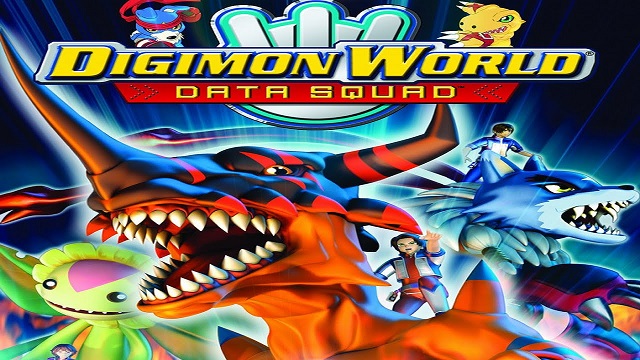
The West Gets A Game Based on an Anime Series
The second game to adopt the Digimon World name in the West was Digimon World Data Squad, released in 2007 for PS2. Known as a spinoff called Digimon Savers: Another Episode in Japan, this game was based on the Digimon Data Squad anime series.
This was the first Digimon game to feature English dubbed voice acting, and the only Digimon game to feature cel-shaded graphics. Digivolution in this title shared some similarities with the first true Digimon World game, as the form into which a Digimon would evolved was affected by how the player took care of it. But it also introduced a new method of digivolution known as the Galactica Evolution System — which determined what Digimon the player’s partner would digivolve into.
Though this game is not an actual part of the Digimon World series, it’s almost understandable that it would borrow the World name for the West, since the anime series didn’t air in those regions until around a month later. As such, Digimon World Data Squad was able to continue the fandom around the World series, while also making Western fans aware of the new anime series.
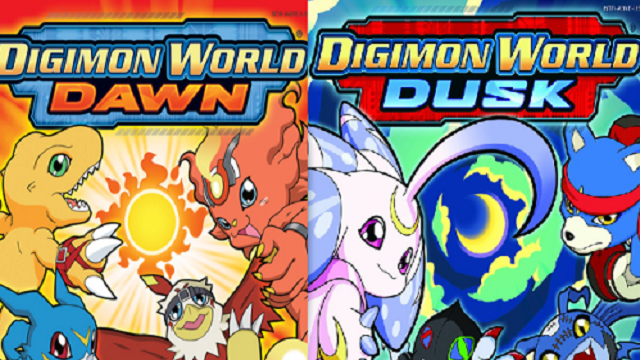
A Double Dose of DS Digimon
Several years after the release of the original Digimon World DS, a two-version sequel — Digmon World Dawn and Dusk — hit DS consoles in the West. However, this was part of the Story series in Japan, dubbed Digimon Story Sunburst and Moonlight. This entry in the franchise introduced several new Digimon, finished out previously incomplete or mixed-up digivolution lines, and reintroduced the DNA digivolution popularized by Digimon World 2 and 3.
Because it was a sequel to Digimon World DS, it obviously would have been a mistake not to use the Digimon World name. Unaware Western fans probably would have been confused by the sudden title change, especially given the similarities between these sequels and their predecessors.
These two DS games were the next-to-last Digimon games to release in the West before a long hiatus — and they were the last Digimon Story games (though they didn’t go by that name) that saw a Western release until 2016.
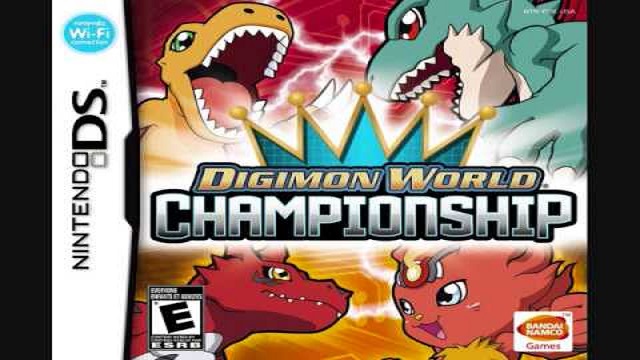
The End of an Era
The last game to release under the Digimon World moniker for Western audiences was Digimon World Championship. Known solely as Digimon Championship in Japan, this title was a bit closer in gameplay to the original game that spawned the Digimon World name.
In battle, Digimon chose which attacks they used instead of being told. The game also introduced several new Digimon with the Dracomon digivolution line.
But due to its departure from the gameplay of the two previous Nintendo DS games, Digimon World Championship saw relatively poor reception — so maybe relying on the World name wasn’t such a great choice in this case.
Either way, Digimon World Championship was the last Digimon-raising game the West would see for many years — and it was the very last Digimon game to ever receive a Digimon World name change for Western audiences.
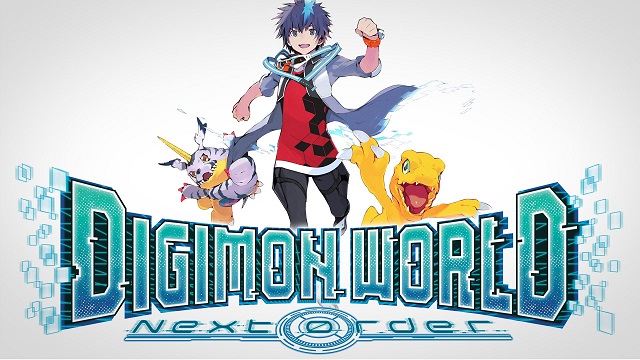
The Names in the West Are Finally Fixed
Though the West saw a few Digimon games here and there after the sub-par release of Digimon World Championship — like the Digimon All-Star Rumble fighting game or the Digimon Heroes! match-3 mobile game — there were no other Digimon RPGs released until 2016’s Digimon Story Cyber Sleuth for PS4 and PS Vita.
This was the first game in the Digimon Story series that didn’t get a name change to Digimon World for Western audiences, and it was also the first one to see a release on both handheld and home consoles. Cyber Sleuth borrowed from and built upon many of the gameplay elements from Digimon World DS and its sequels, Digimon World Dawn and Dusk.
2017 saw the release of yet another Digmon World game, called Digimon World: Next Order. This was a true sequel to the original Digimon World series — so much so that it kept the World name worldwide. The game provided a modern update to the playstyle and mechanics introduced in the original games that started the series, though this time with two Digimon partners instead of one.
At the time of writing, it’s unclear whether there will be another Digimon World game. But another entry in the Story series — dubbed Digimon Story Cyber Sleuth: Hacker’s Memory — is slated for release on PlayStation 4 and PS Vita in Japan on December 14, 2017. It will make its way to the West sometime in 2018.
Either way, with the release of Digimon World: Next Order and Digimon Story Cyber Sleuth, it seems like Western names for this popular series have finally caught up to their Japanese counterparts. But only time will tell if the trend will continue.

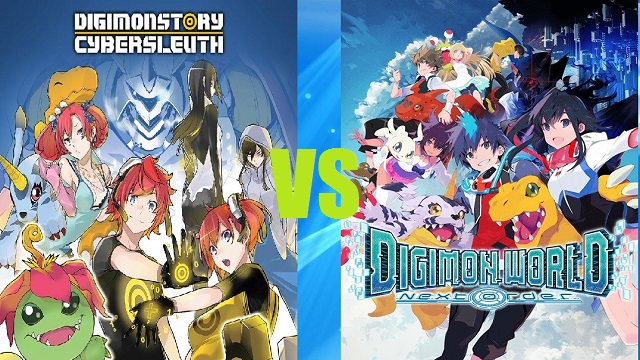








Published: Aug 7, 2017 07:42 pm